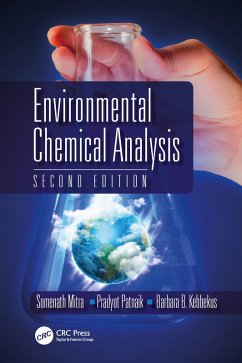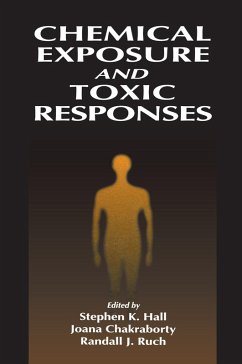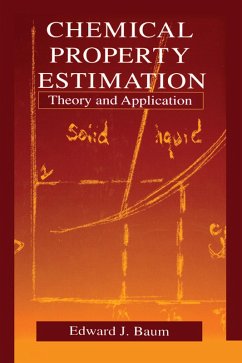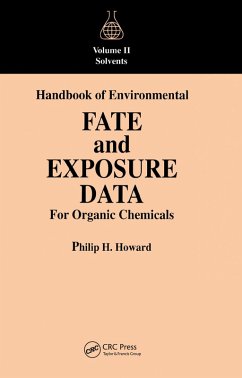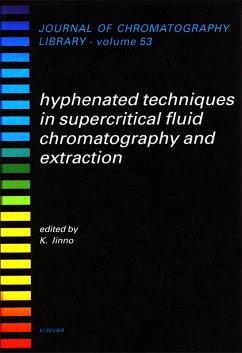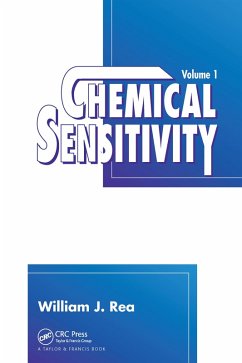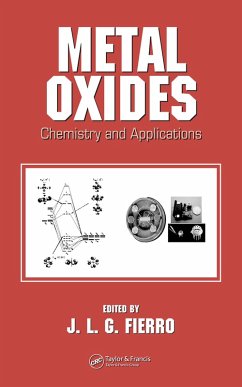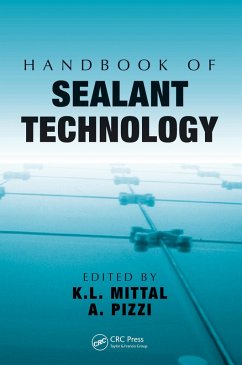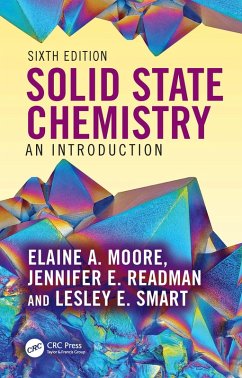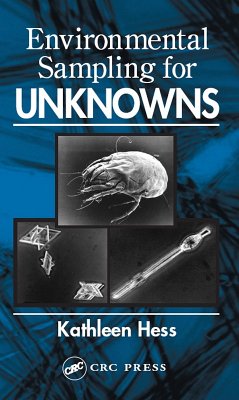
Environmental Chemical Analysis (eBook, PDF)
Versandkostenfrei!
Sofort per Download lieferbar
73,95 €
inkl. MwSt.
Weitere Ausgaben:

PAYBACK Punkte
37 °P sammeln!
Undergraduate students in environmental science need a foundation in instrumental analysis as much as traditional chemistry majors, but their needs may be quite different. Environmental Chemical Analysis provides an explanation of analytical instrumentation methods for students without a background in analytical chemistry. This second edition features expanded material on sample preparation and quality assurance and control. It also includes new chapters on biological analysis and analysis of environmental particulates. It brings together sampling, sample preparation, and analytical techniques...
Undergraduate students in environmental science need a foundation in instrumental analysis as much as traditional chemistry majors, but their needs may be quite different. Environmental Chemical Analysis provides an explanation of analytical instrumentation methods for students without a background in analytical chemistry. This second edition features expanded material on sample preparation and quality assurance and control. It also includes new chapters on biological analysis and analysis of environmental particulates. It brings together sampling, sample preparation, and analytical techniques necessary for environmental applications, demonstrated through case studies of actual environmental measurement protocols.
- Provides comprehensive coverage of all aspects of environmental chemical analysis
- Explains analytical instrumentation methods for students approaching the subject from a different angle
- Includes two new chapters on biological analysis and analysis of environmental particulates
- Expands material on sample preparation and quality assurance/quality control
- Winner of Choice 2019 Outstanding Academic Title Award
Dieser Download kann aus rechtlichen Gründen nur mit Rechnungsadresse in A, B, BG, CY, CZ, D, DK, EW, E, FIN, F, GR, HR, H, IRL, I, LT, L, LR, M, NL, PL, P, R, S, SLO, SK ausgeliefert werden.




